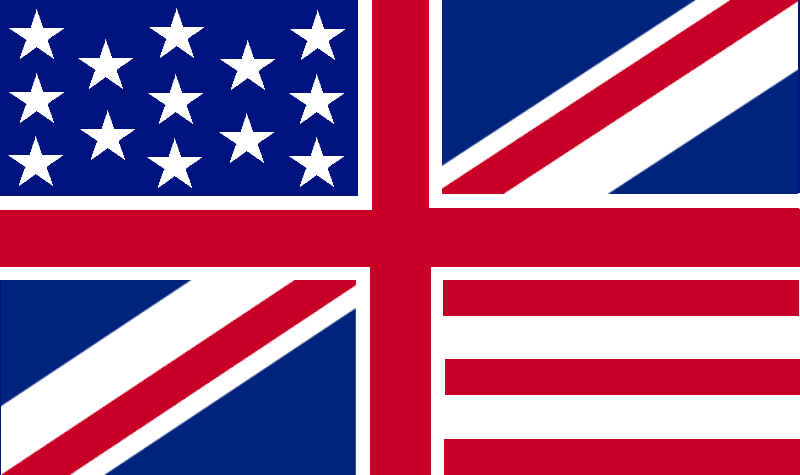Language is a powerful tool that enables communication and unites people from different corners of the world. English, being one of the most widely spoken languages, has various regional variations, including British English and American English. While these two dialects share a common foundation, they have evolved over time and developed distinct characteristics that set them apart. In this blog post, we will explore some of the key differences between English and American English, shedding light on their vocabulary, spelling, pronunciation, and grammar.
Vocabulary Variations
One of the most noticeable differences between English and American English lies in vocabulary usage. While many words remain the same, there are several instances where the same object or concept is referred to by different terms. For example, in British English, a car’s front hood is called a “bonnet,” while in American English, it is referred to as a “hood.” Similarly, a “lift” in British English is known as an “elevator” in American English.
Additionally, there are countless instances of variations in everyday terms, such as “biscuit” (British) versus “cookie” (American), “flat” (British) versus “apartment” (American), or “petrol” (British) versus “gas” (American). These vocabulary discrepancies often lead to moments of confusion and amusement for individuals traveling between the two regions.
Spelling Differences
Another significant difference between English and American English can be found in their spelling conventions. In the early 18th century, the influential English lexicographer Samuel Johnson published “A Dictionary of the English Language,” which standardized spellings in Britain. However, American English, under the influence of Noah Webster’s dictionary, gradually adopted alternative spellings to suit its evolving linguistic preferences.
The variation in spelling can be observed in words like “colour” (British) versus “color” (American), “centre” (British) versus “center” (American), and “organise” (British) versus “organize” (American). These differences can sometimes pose challenges for individuals accustomed to one spelling system when encountering the other, but they do not hinder mutual understanding.
Pronunciation Contrasts
English and American English differ not only in vocabulary and spelling but also in pronunciation. Regional accents and dialects play a significant role in shaping the way words are pronounced in each variant. British English is renowned for its received pronunciation (RP) or the Queen’s English, which is associated with the educated upper class in the UK. On the other hand, American English encompasses a broad range of accents, influenced by factors such as geographical location and cultural diversity.
For instance, the pronunciation of the vowel sound in words like “dance” or “path” differs between English and American English. In British English, the vowel sound is more akin to “ah” (dahns, pahth), while in American English, it is closer to “æ” (dæns, pæth). Similarly, the letter “r” is more prominently pronounced in American English compared to British English, where it is often dropped at the end of words or syllables.
Grammar and Syntax Variances
Grammar and syntax also exhibit distinctions between English and American English, although these differences are relatively minor and rarely affect overall comprehension. One notable variation lies in the use of verb forms. In British English, the present perfect tense is frequently used, whereas in American English, the past simple tense is often employed in similar contexts. For example, a Brit might say, “I have just finished my work,” while an American might say, “I just finished my work.”
Additionally, prepositions also vary in usage between the two dialects. For instance, Americans would say “on the weekend,” while the British prefer “at the weekend.” These dissimilarities, although subtle, highlight the uniqueness and diversity of the English language across different regions.
Conclusion
English and American English, while sharing a common linguistic foundation, have diverged over time, resulting in distinctive dialects with their own vocabulary, spelling, pronunciation, and grammar. The disparities in vocabulary usage, spelling conventions, pronunciation, and grammar rules can occasionally lead to confusion or amusement when encountering the other dialect. However, it is important to recognize that these differences do not hinder effective communication and only contribute to the rich tapestry of the English language.
As global communication continues to flourish, the knowledge and appreciation of these variations become increasingly relevant. Understanding the contrasts between English and American English not only enhances intercultural interactions but also deepens our understanding of language evolution and the intricate connections between language and culture. Embracing these diversities can foster mutual respect and open up new avenues for cross-cultural exchange in an interconnected world.
